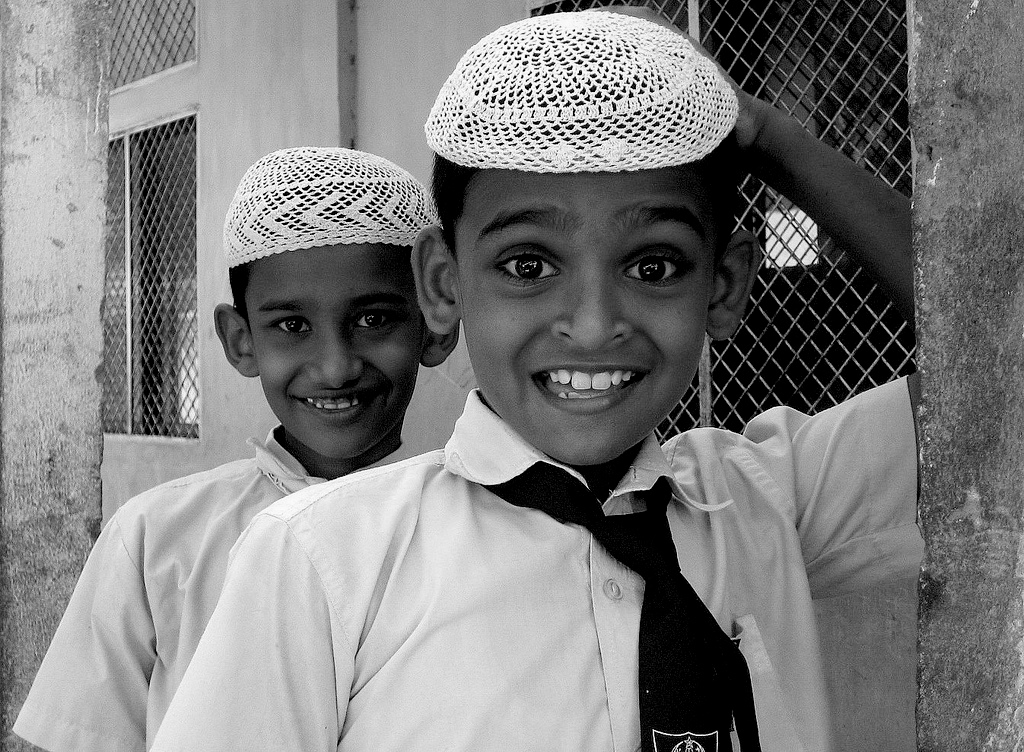This war has taken the lives of tens of thousands of men, women and children. Hundreds of thousands more are displaced, and the abnormality of the war and post war situation is fast and painfully becoming normalcy to most people, some don’t and didn’t even live to see that.
Hundreds of children are being born into such conditions, by virtue of the fact that the Muslim IDP’s displaced in the early part of the conflict are still languishing in Puttalam, I won’t be surprised if a decent amount of these children born would die (possibly as adults) in the same conditions to which they were born to.
Studies suggest that post war trauma is conceivably more painful than the emotional stress suffered during war. During periods of war and despite the aggressive conditions that ensue, people subjected to these live in pain and indescribable stress. However, the hope that these abnormalities will diminish and normalcy would resume lingers on and this is a solace of sorts to those who look for solace in the most difficult of times. In a post war situation, when there is no conceivable military conflict taking place and the people continue to suffer in difficult conditions it is inevitable that post war trauma will tighten its venomous grip.
Because of its brutality, this has become the paradigm for traumatic experience, with the constant need for psychological and psychiatric help for victims long after its end.
My father was the architect for a project called ‘Food for Education’ by an Italian NGO. Thus he had to make several site visits to seventy schools in the Trincomalee District. In addition to the war, Trincomalee was also severely affected by the tsunami of 2004.
Due to poverty, lack of infrastructure, the loss of hope that school education will achieve little and for fears of safety, school attendance amongst children was very low. It was also known that malnutrition was rampant amongst these children. The project aimed to build Kitchen & Sanitation facilities in these schools and free food was distributed to students who attended school. Thus this incentive helped mitigate absenteeism of school children to a certain extent in the Trincomalee district.
I joined my father in several of his site visits and I remember going to Trincomalee at least ten times during 2005 – 2006.
In spite of all the pain and suffering that was around, the faces of the children depicted a remarkable sense of resilience to the pain they and their families endured. These children coupled with the ready and mischievous smiles in their faces disguised the very painful story many a parent I spoke to in my limited Tamil told me.
There is now an end to a military conflict, and a year has gone by. And yet, there is years of work to be done in these areas to rebuild shattered hopes, dreams and society in general. These photographs can only attempt to ask questions about and to do justice to the untold story of many a child.
If not of most, this conflict didn’t manage to wipe out the smiles of all children in conflict zones. We must ensure that they never are, at least by planned yet hastened resettlement of all affected men, women and children.
More photos by the author can be found at Tableaux of Aufidius.
